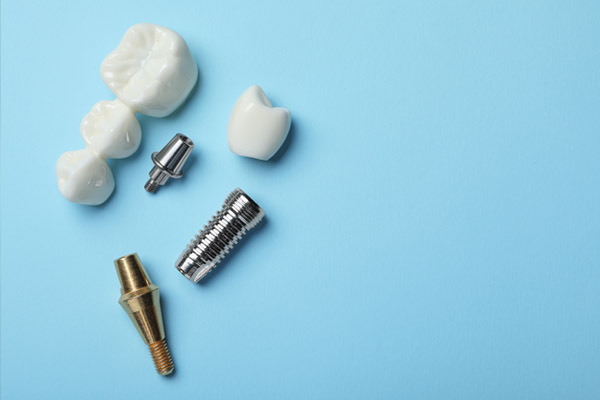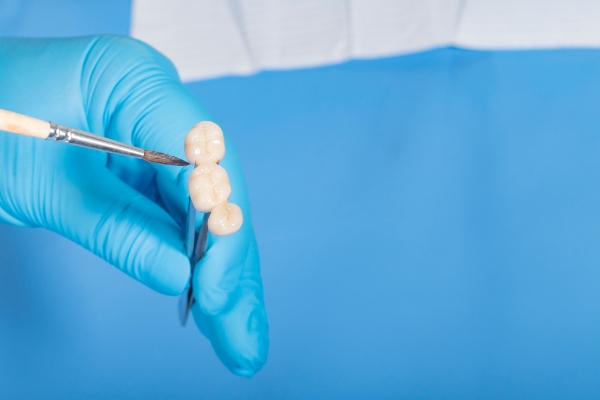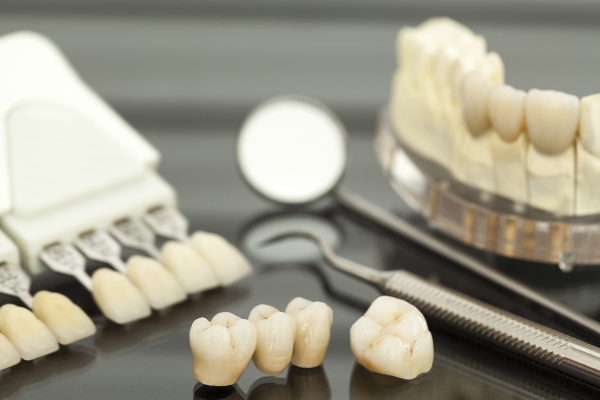 According to the American Dental Association, dental implants are stable because the jawbone grows around them. This process is known as osseointegration, and it is essential for the success of an implant. Several elements can affect this process, and patients undergoing the dental implant procedure should understand what affects an implant fusing to the bone. When armed with quality information, a patient becomes a valuable asset to the treatment process.
According to the American Dental Association, dental implants are stable because the jawbone grows around them. This process is known as osseointegration, and it is essential for the success of an implant. Several elements can affect this process, and patients undergoing the dental implant procedure should understand what affects an implant fusing to the bone. When armed with quality information, a patient becomes a valuable asset to the treatment process.
Factors for osseointegration of dental implants
Osseointegration depends on the patient's immune response and length of time for healing. While the implant process is slow, it is ideal for replacing missing teeth. Before beginning the procedure, patients need to understand how osseointegration occurs and why it is essential.
Biocompatibility
In dentistry, biocompatibility is vital. The body should not reject any material used for dental restoration. Dental implants are made of titanium, a highly biocompatible material. The jawbone does not recognize this metal as a foreign substance, so it fuses to the implant. If the bone did not grow around the prosthesis, it would become loose and unable to withstand biting forces.
Time
The dental implant process is not a fast one. After the dentist places the implant, it must heal for at least three months. During this time, osseointegration occurs. Once the prosthesis fuses to the bone, the dentist can restore the implant with a dental crown.
If the dentist does not wait the proper amount of time before restoring the implant, it can fail. During the healing stage, an implant cannot withstand heavy biting forces. While the patient may be anxious to have a tooth replaced, only time can create the ideal situation after dental implant placement.
If a bone graft is necessary before a dental implant, additional healing time is needed. Patients must agree to the time commitment before undergoing the procedure, as it can be several months to a year before they have a fully restored tooth.
Healing response
While osseointegration typically only takes a few months, it can be delayed in patients with reduced healing. For example, a patient with uncontrolled diabetes may experience difficulties with healing around the implant site.
After three months, the dentist evaluates the implant area. With dental X-rays, the dentist determines if the prosthesis is stable. If not, more time may be necessary for proper healing.
Because systemic conditions play an integral role in healing, the dentist must carefully review each patient's medical history before implant placement. Patients in poor health may not have optimal results, and other tooth-replacement methods may be warranted.
Conclusion
Dentists widely accept dental implants as the standard for replacing a single missing tooth. However, the process is a lengthy one requiring commitment from the patient. Because osseointegration is crucial, patients should understand the benefit of waiting for this process to occur. When patients are well-informed about all treatment options, they can choose the right course of action for dental care.
Request an appointment or call Grand Valley Dentistry at 616-259-6046 for an appointment in our Allendale Charter Twp office.
Recent Posts
Dental implants are an option for people who need to replace one or more missing teeth. The process involves several steps during which a metal post is surgically mounted into the jaw. The replacement tooth or crown is then secured to the implant, holding the new tooth firmly in place.Missing teeth can have an adverse…
Many patients who have missing teeth consider dental implants as an option to restore the look and function of their smile. When deciding whether to have the procedure, it is important to learn as much as possible about the treatment.There are a variety of things patients should know about dental implants when considering the procedure.Dental…
Tooth loss can be caused by injury, disease, or tooth decay. If you are missing one or more teeth, dental implants may be an option for you.Dental implants are metal posts that resemble screws. The posts are inserted into the jawbone of the patient to replace the tooth roots of missing teeth. The implants can…


